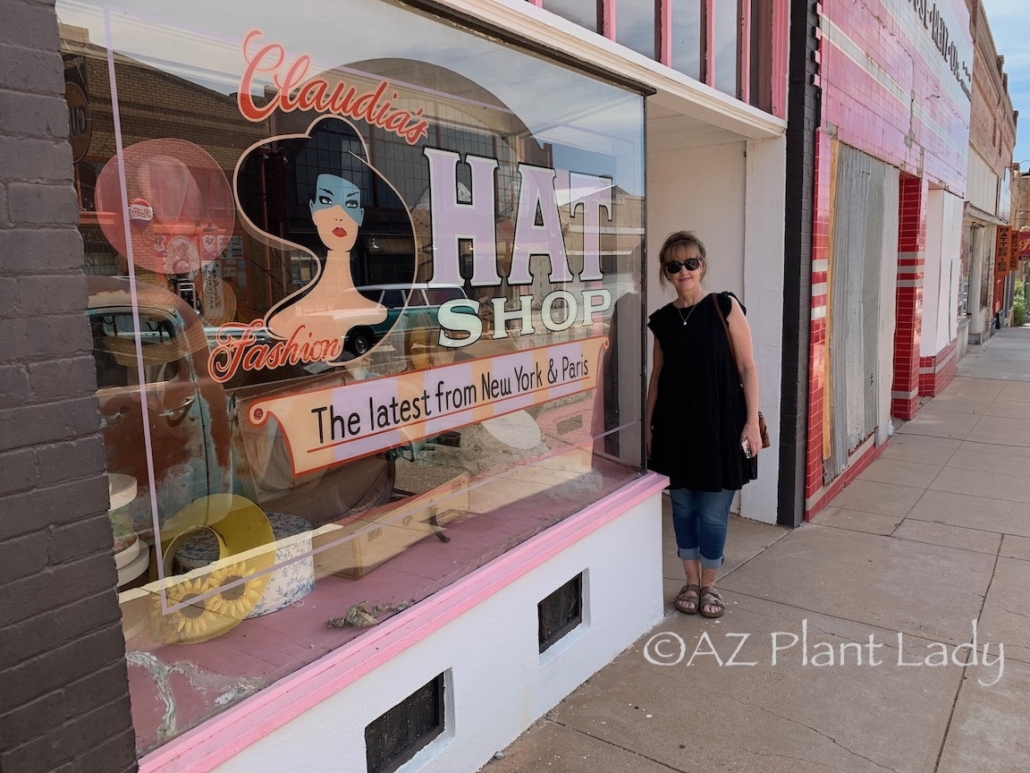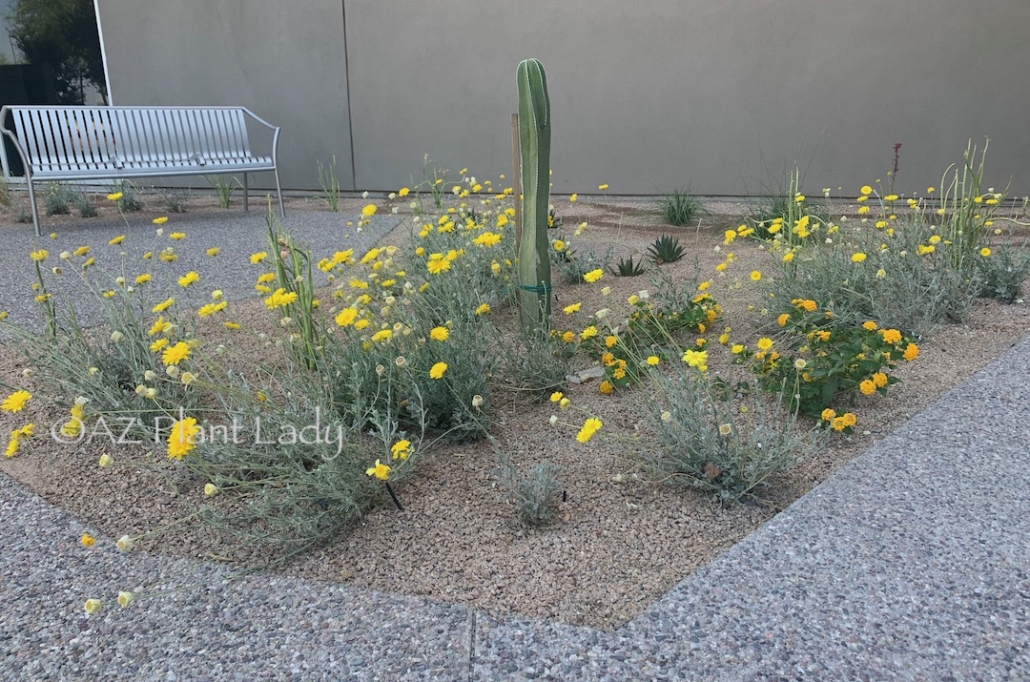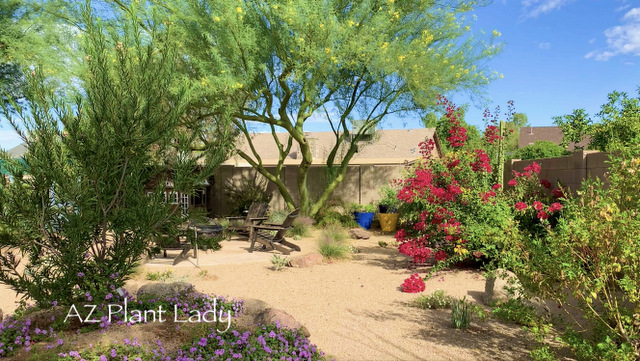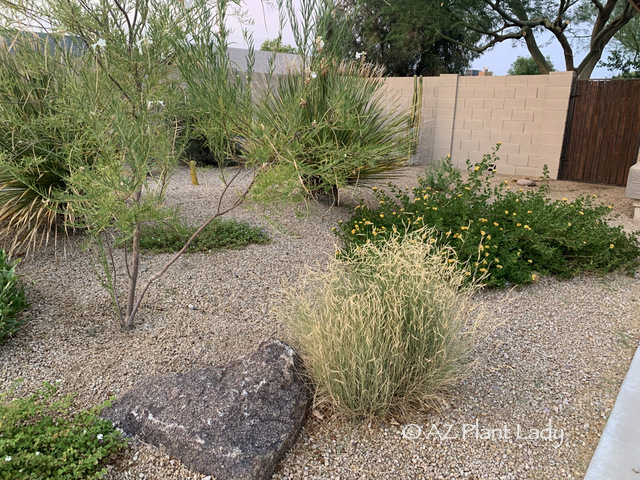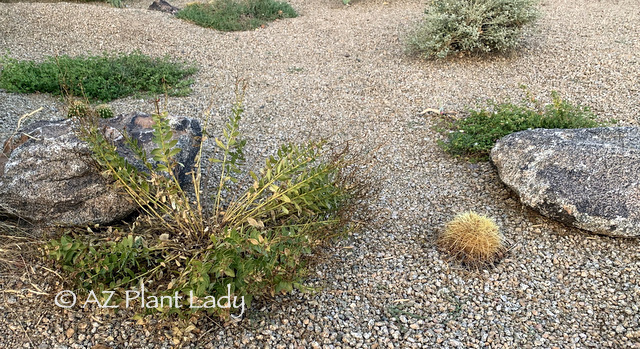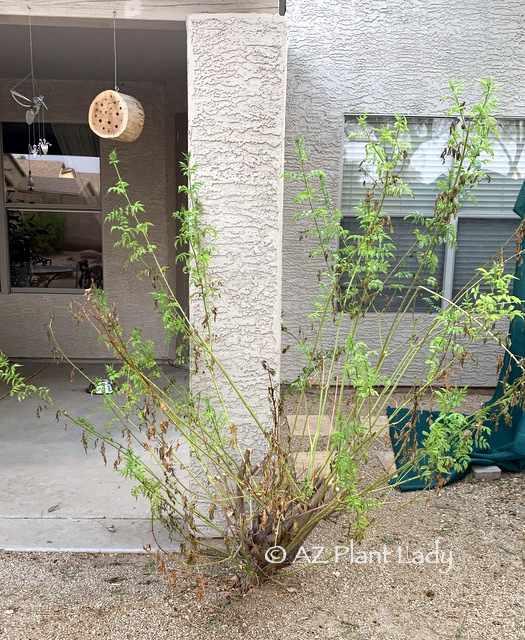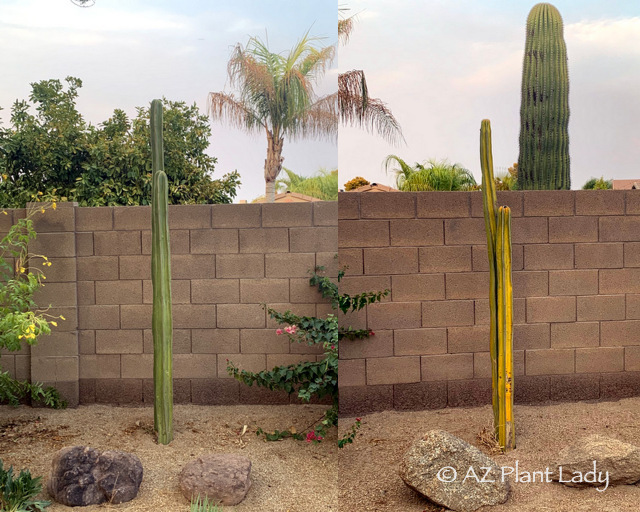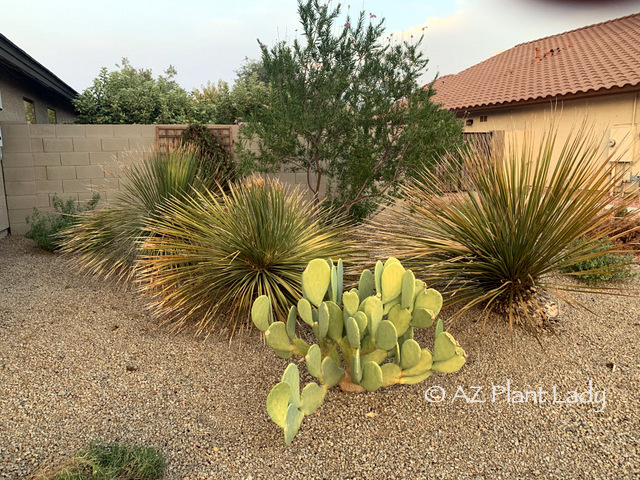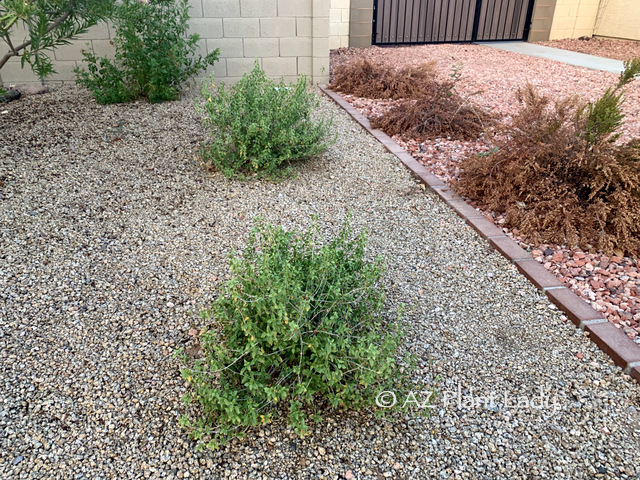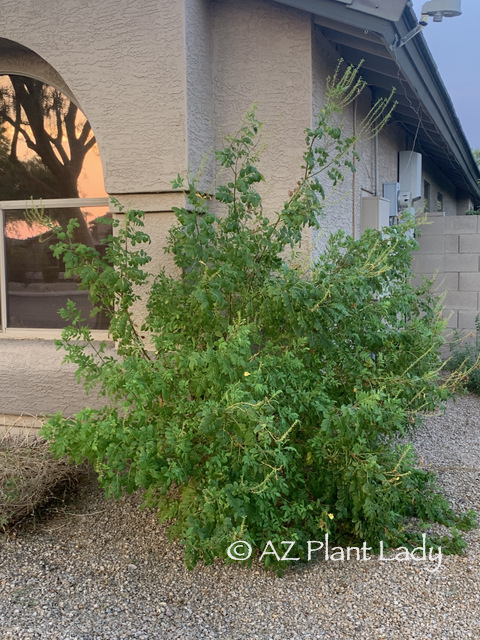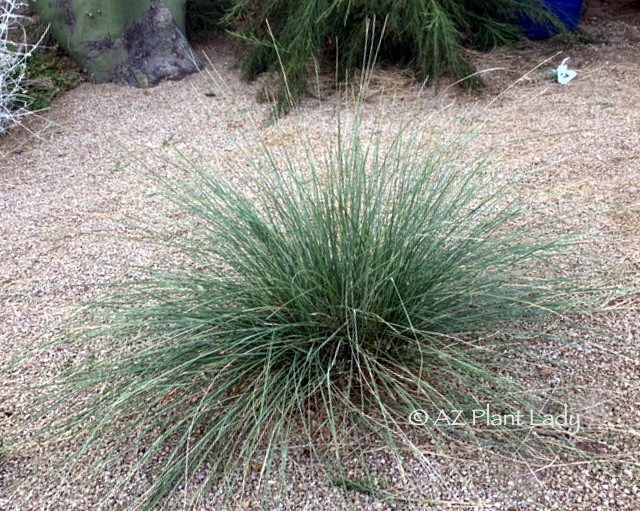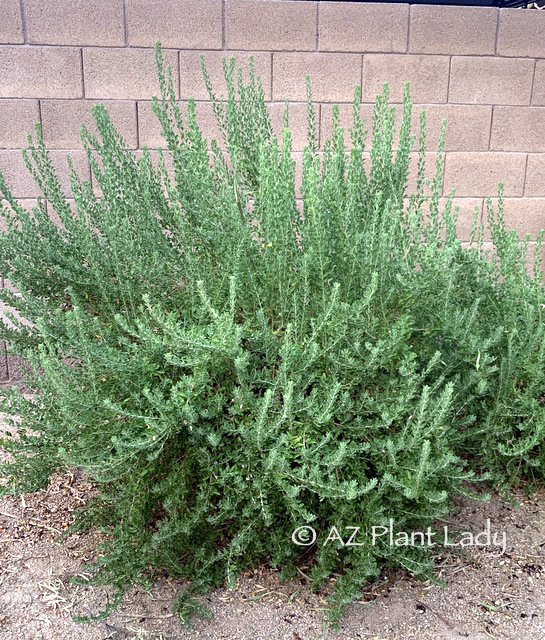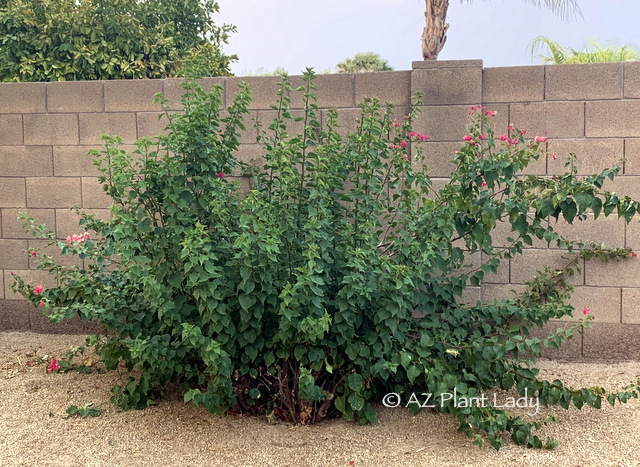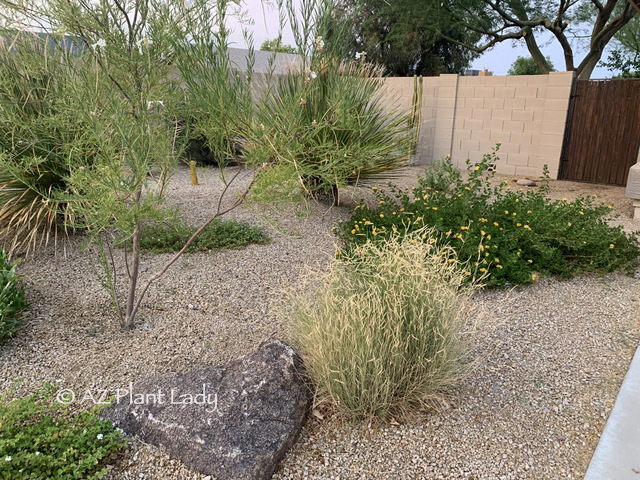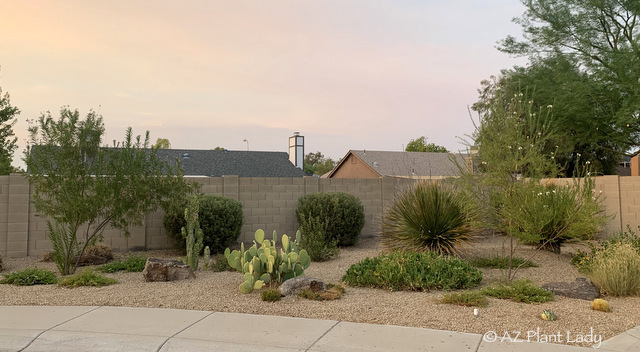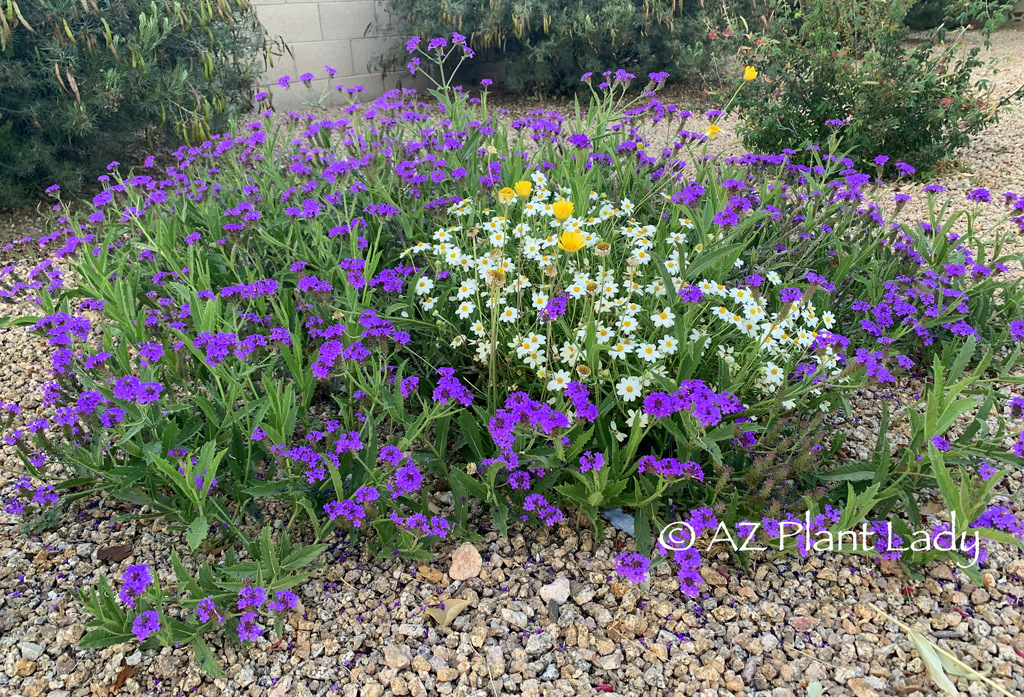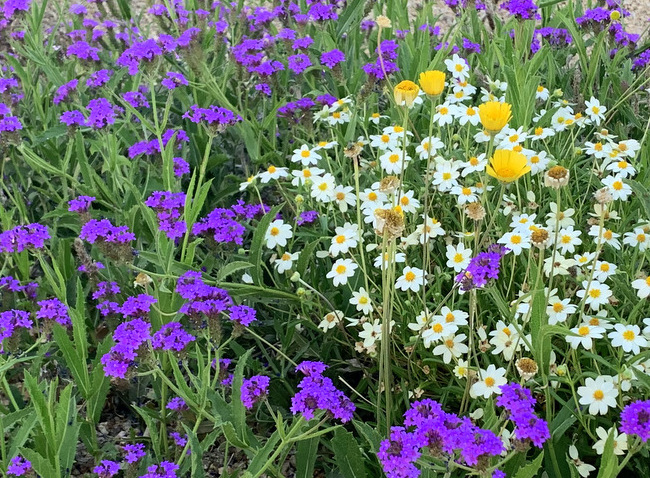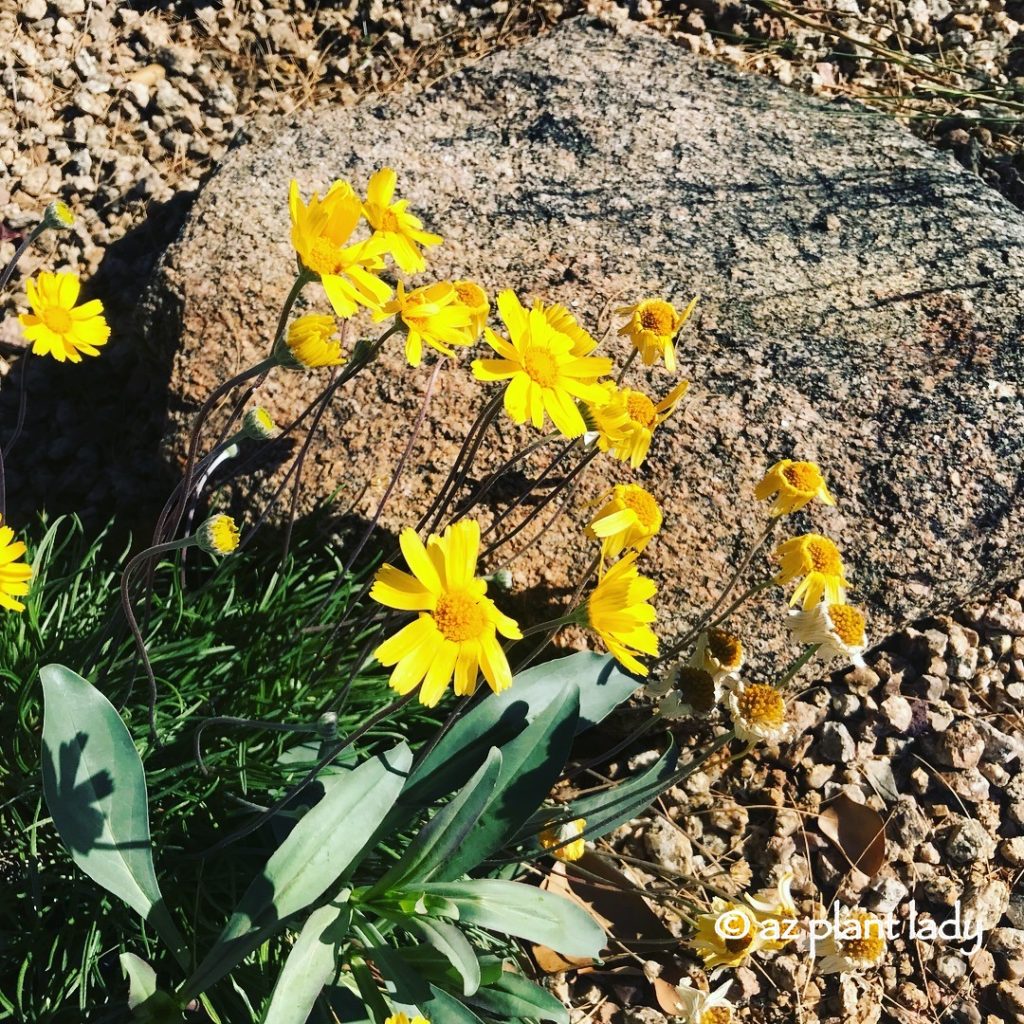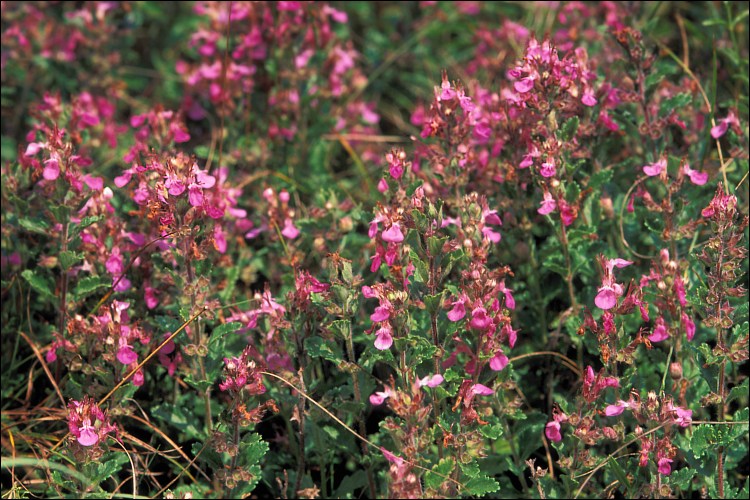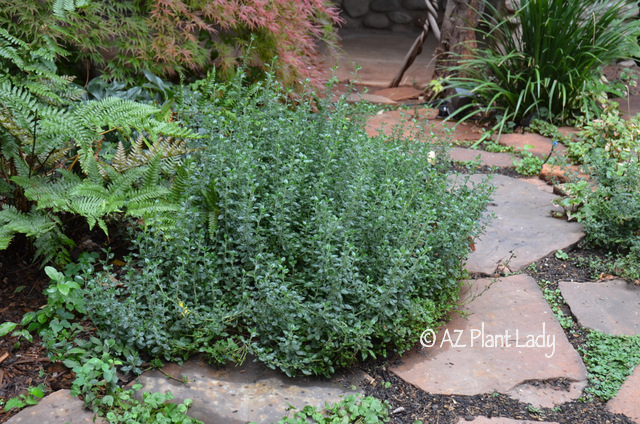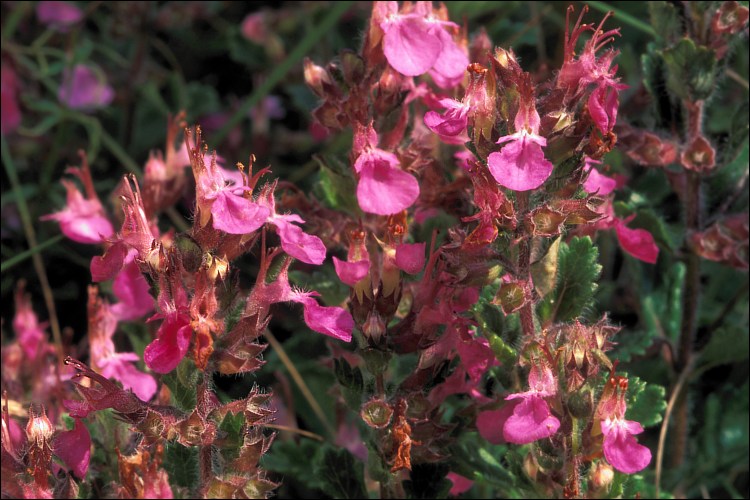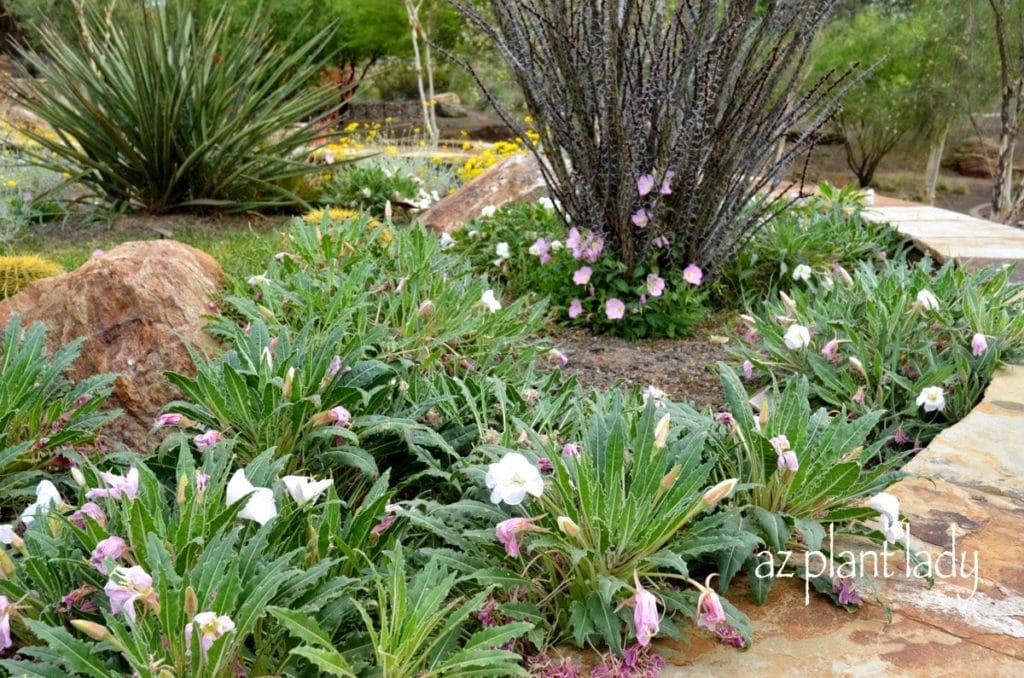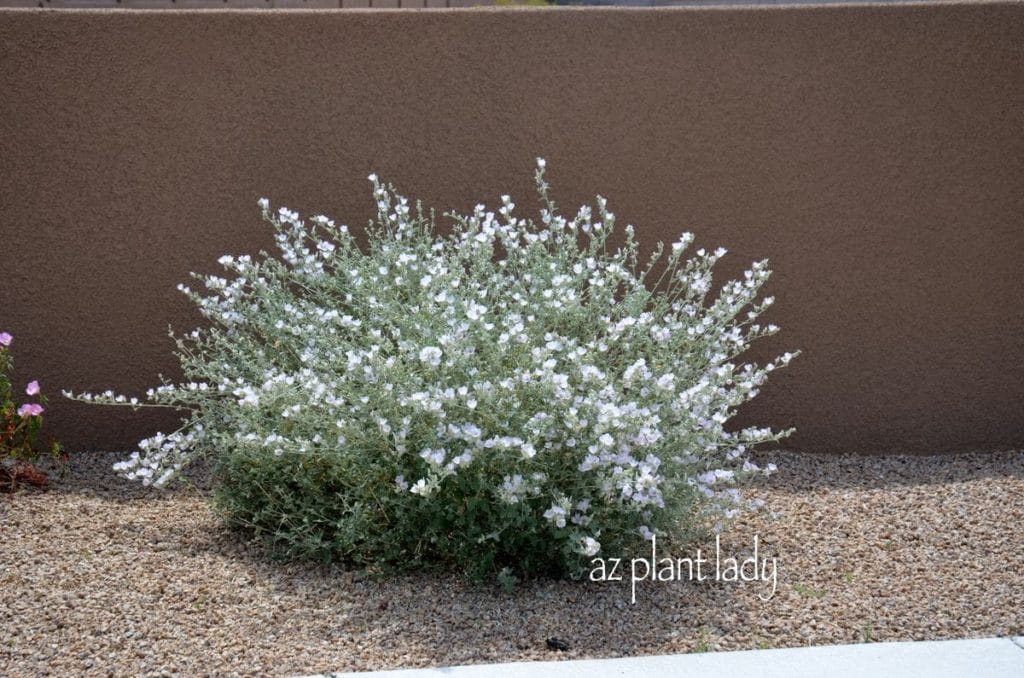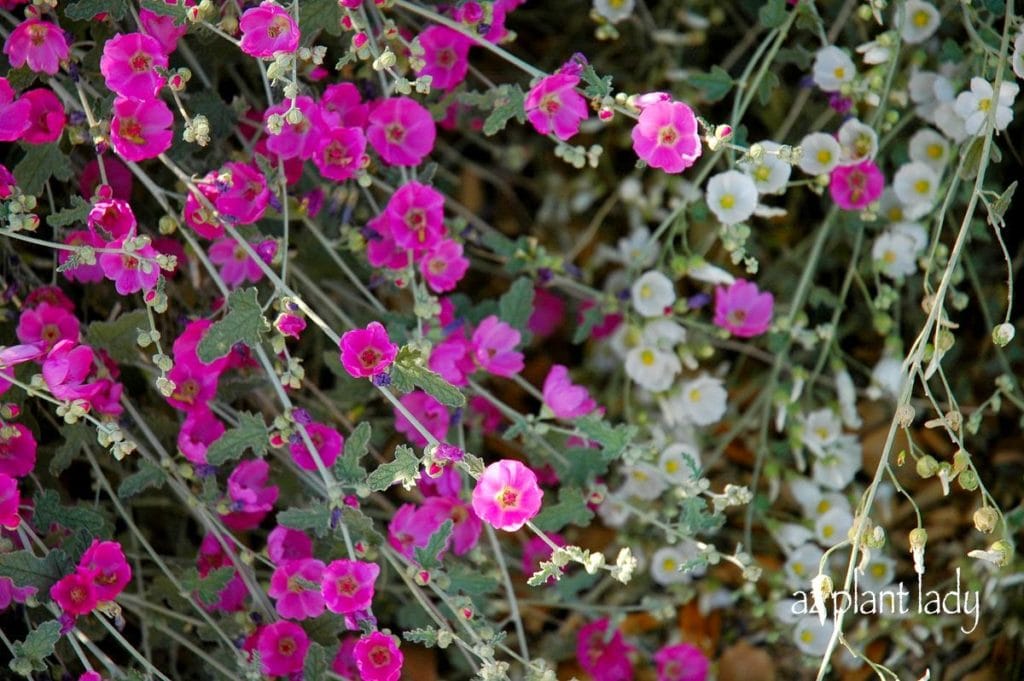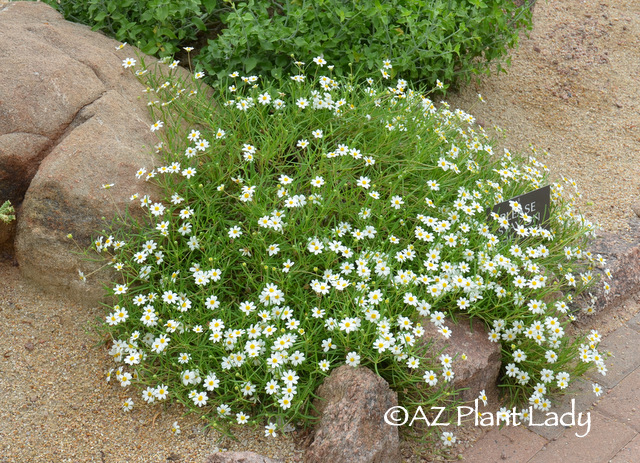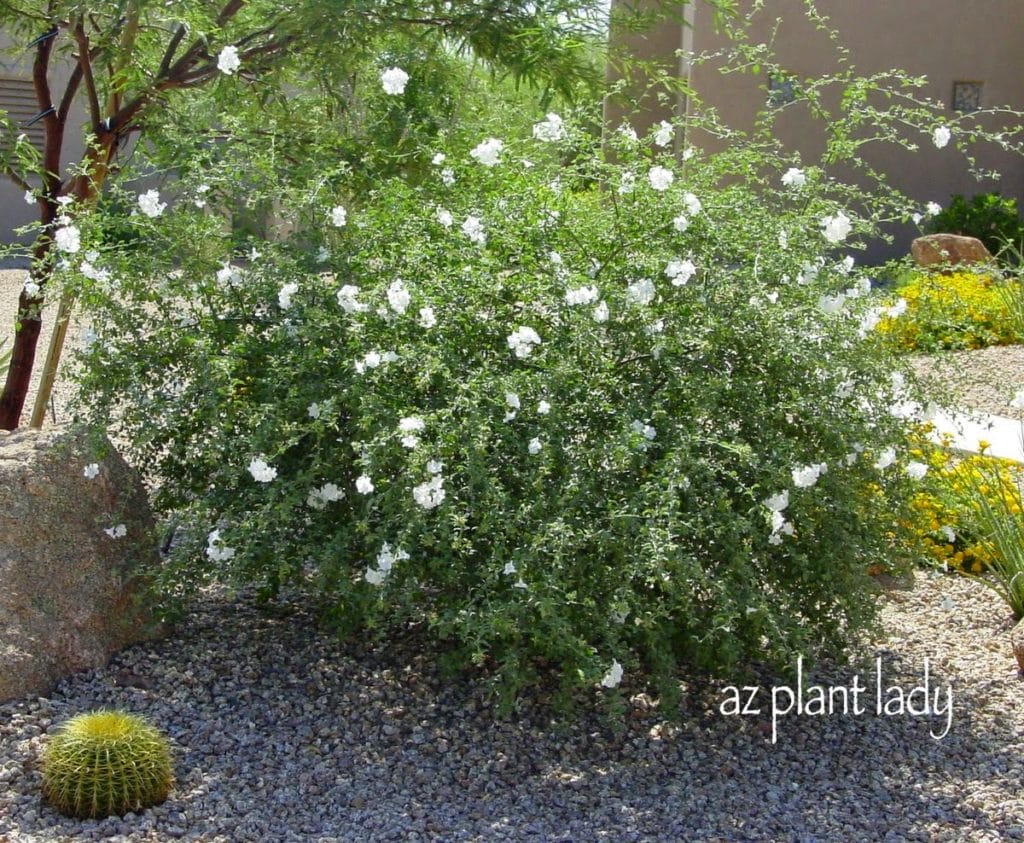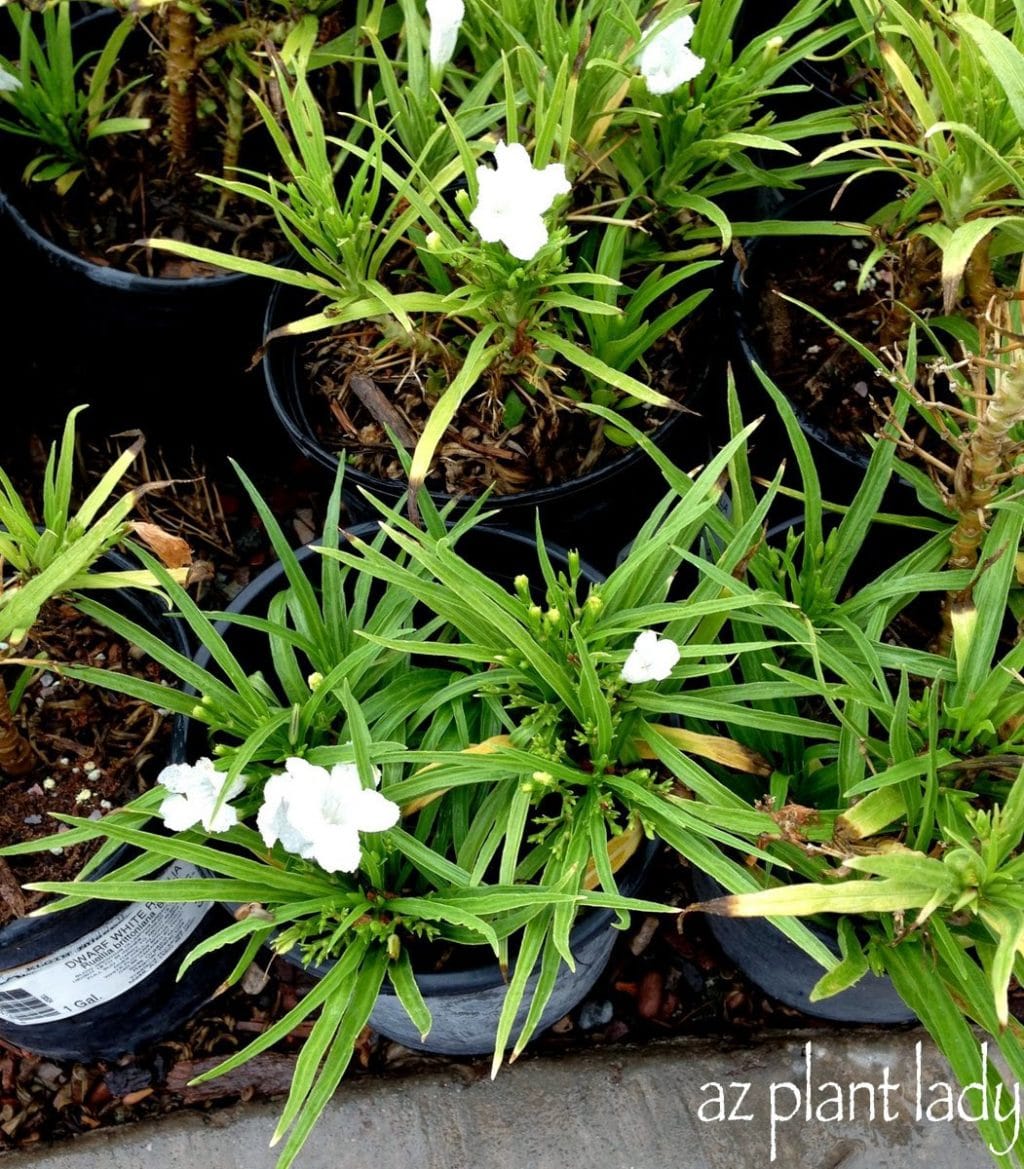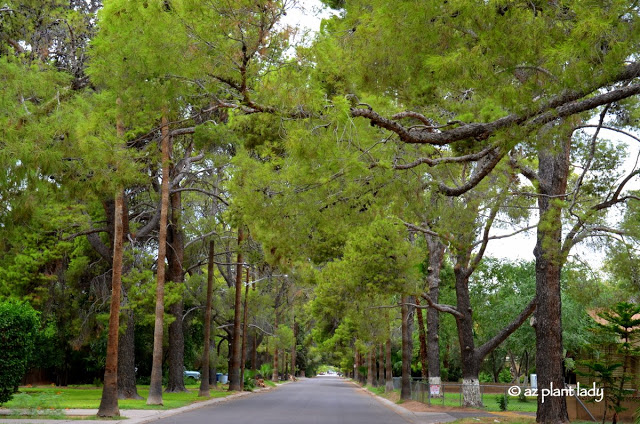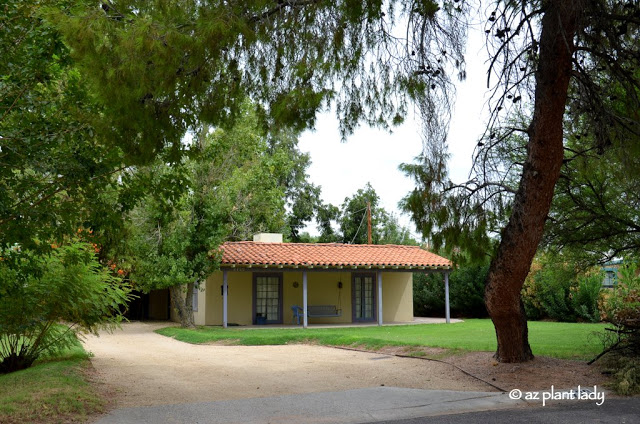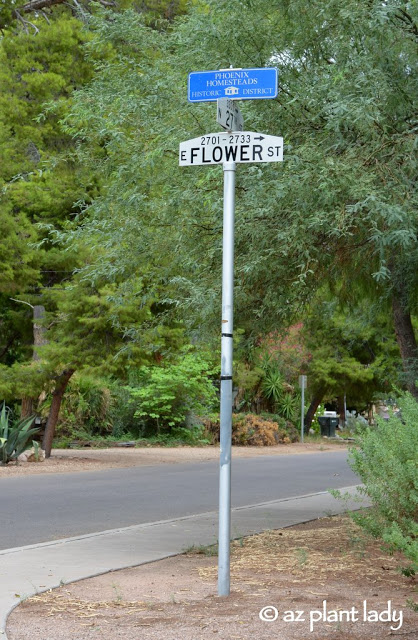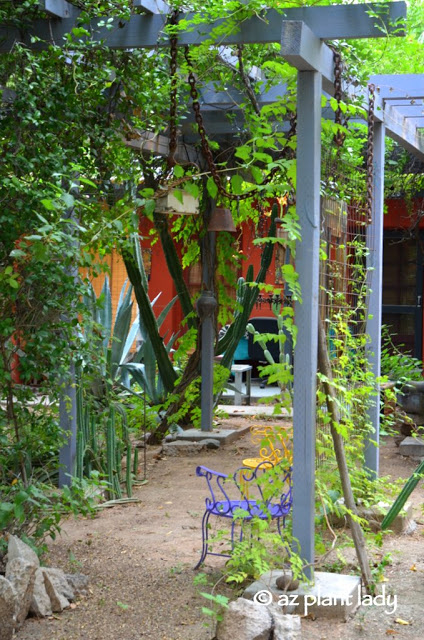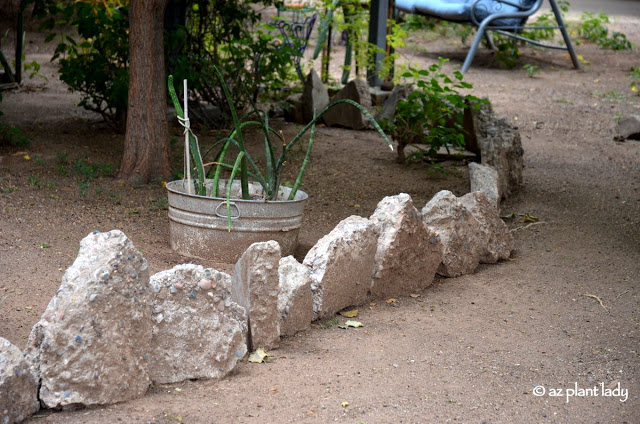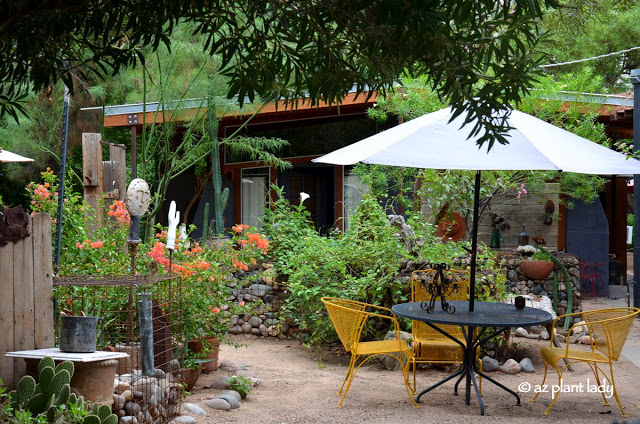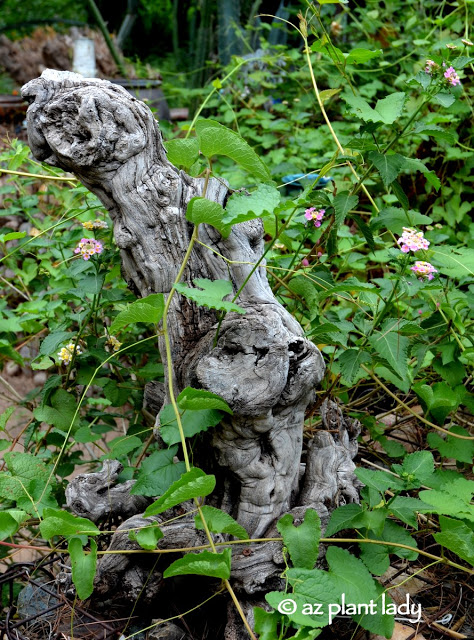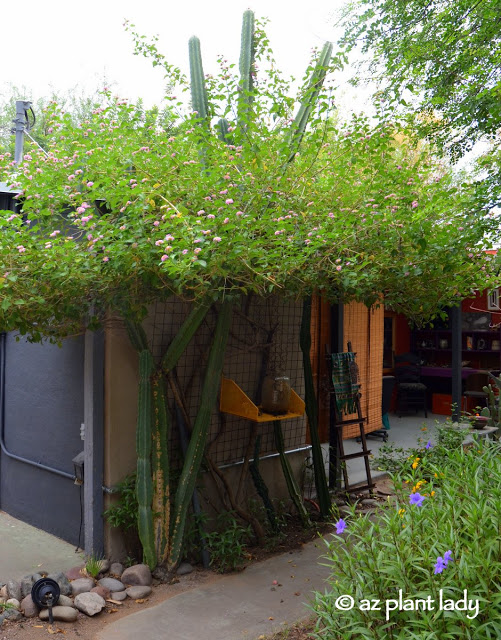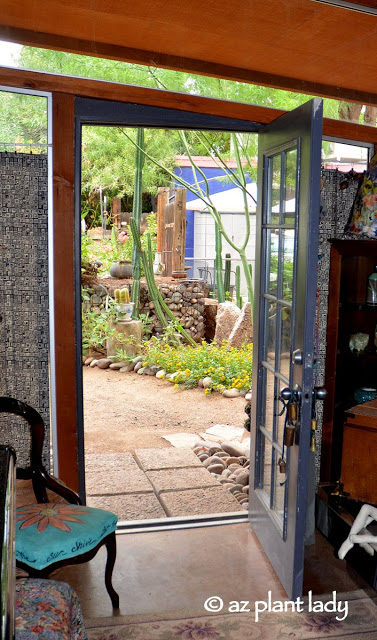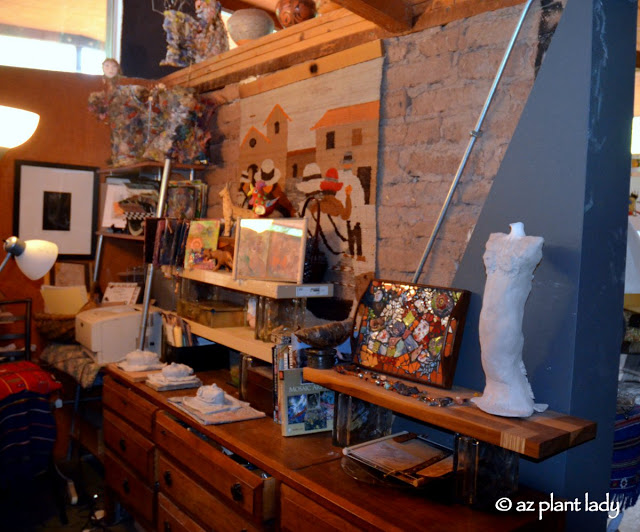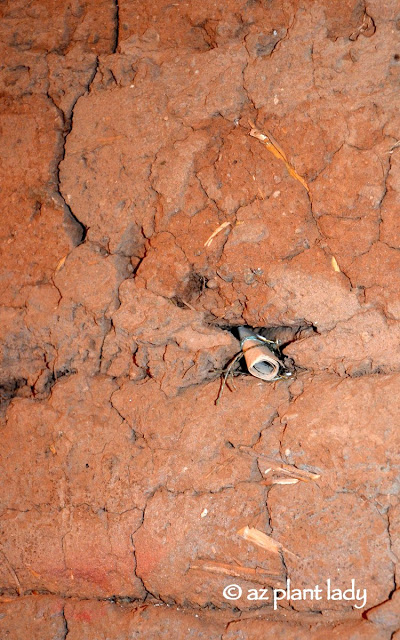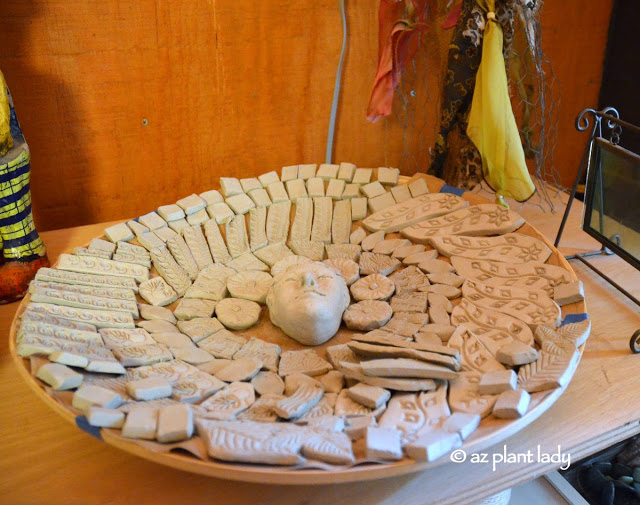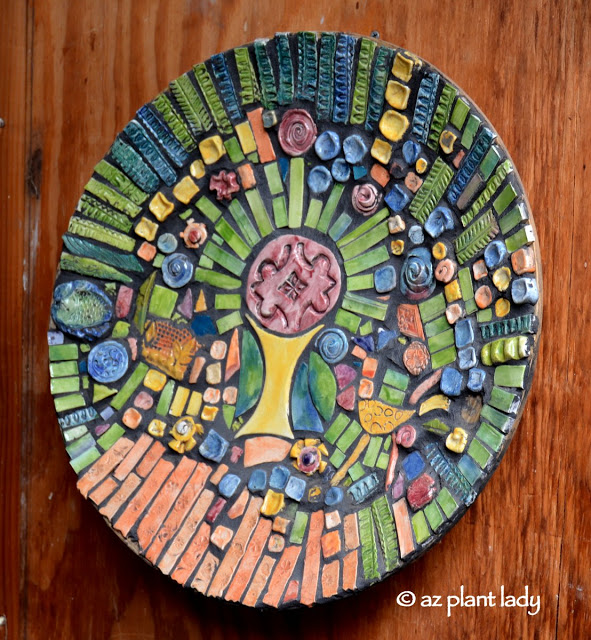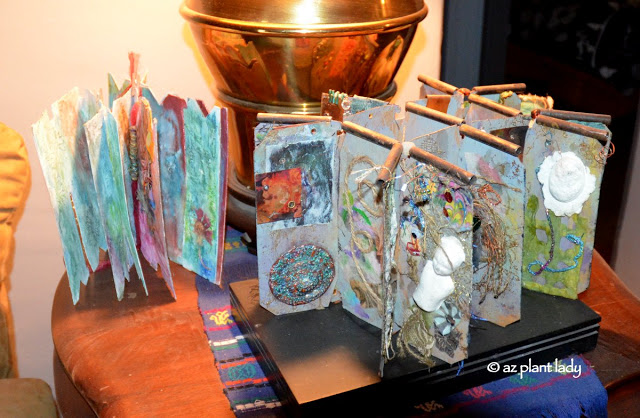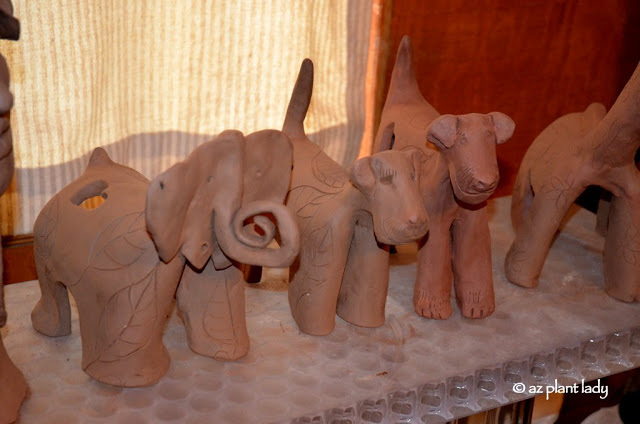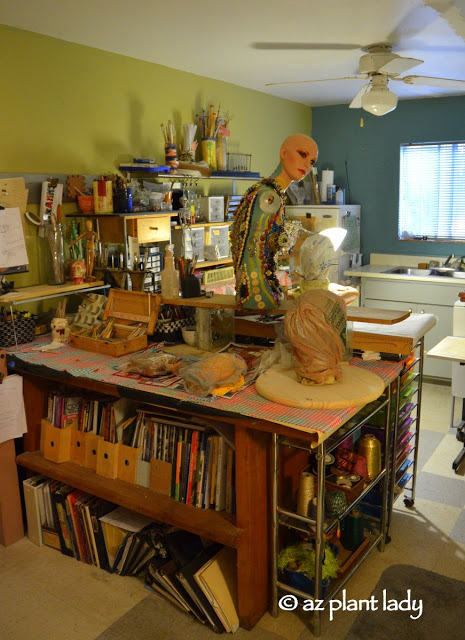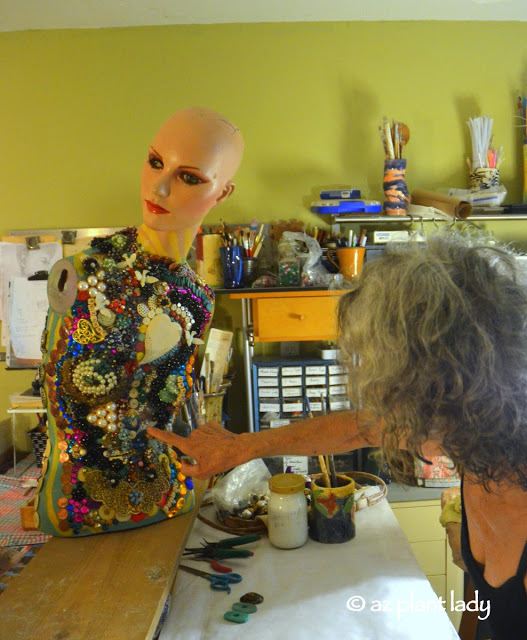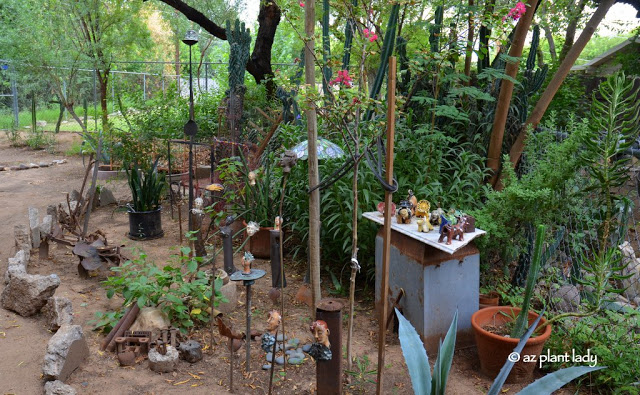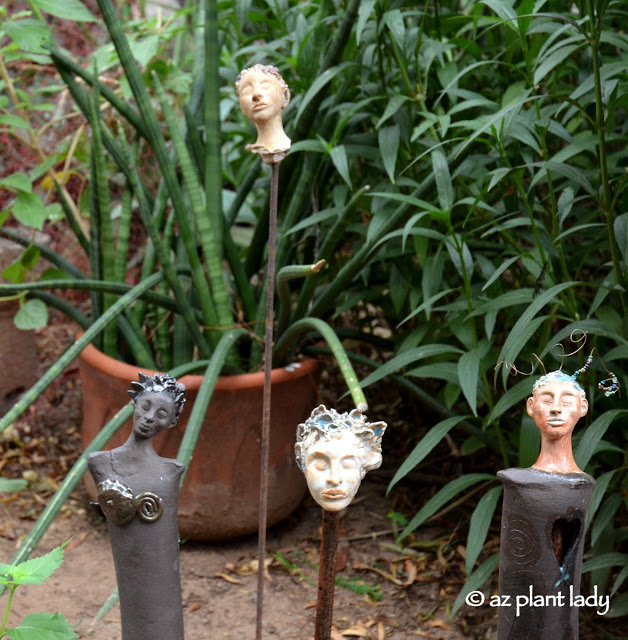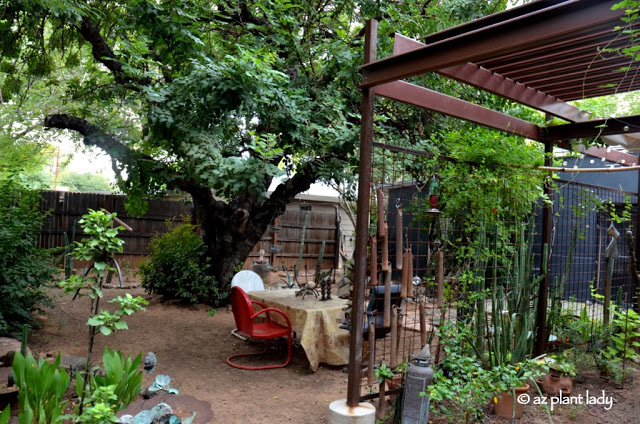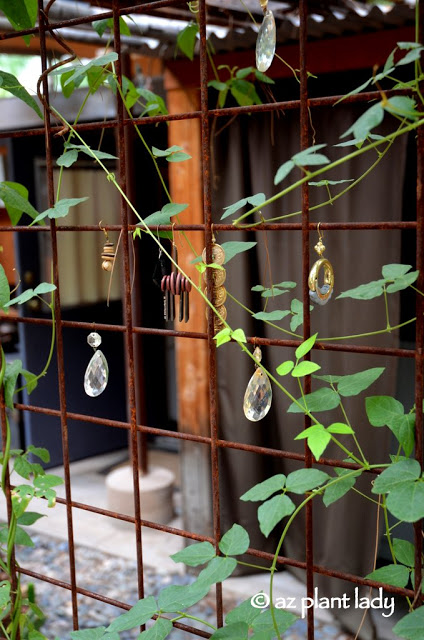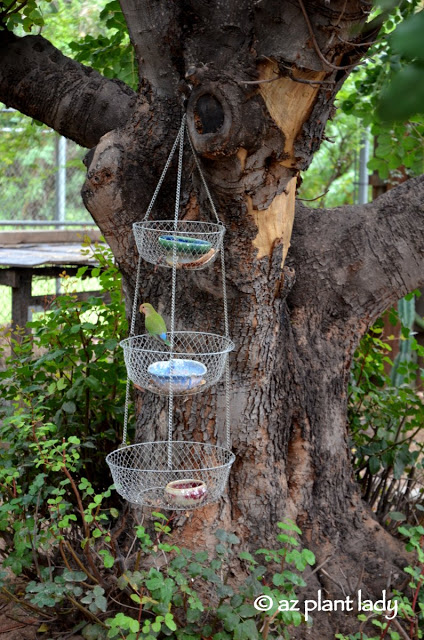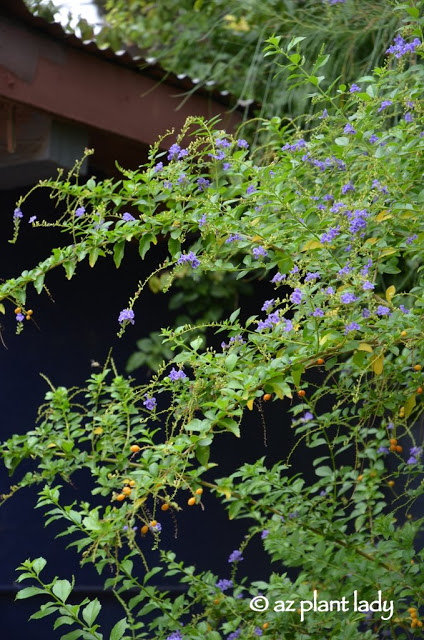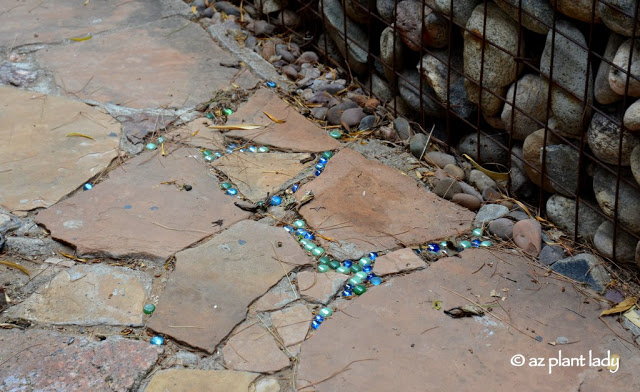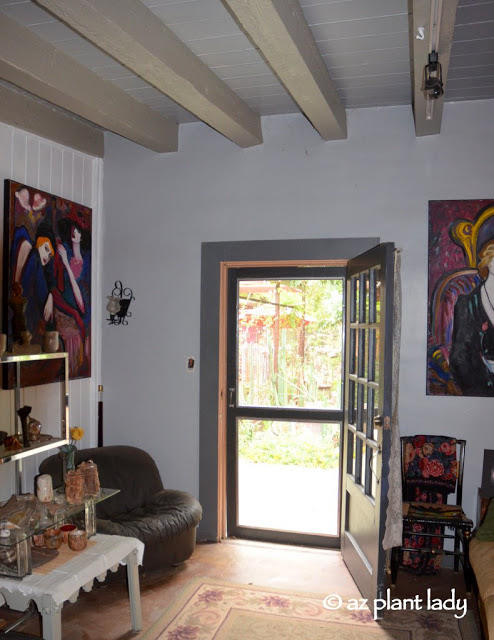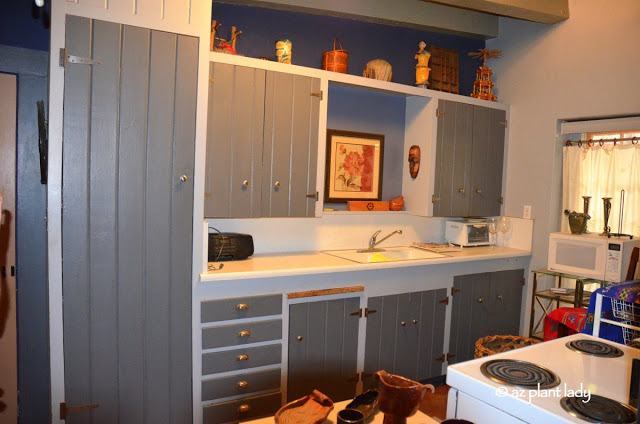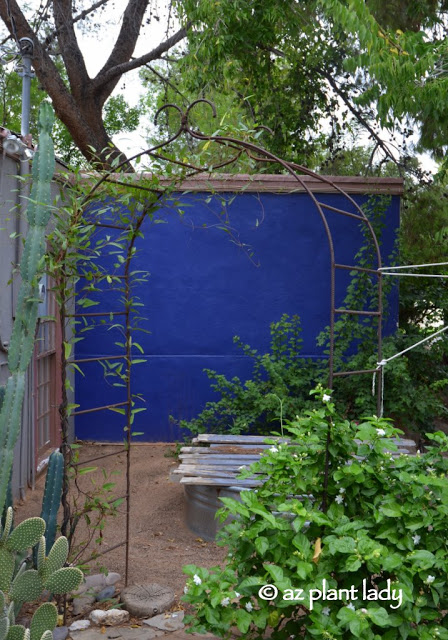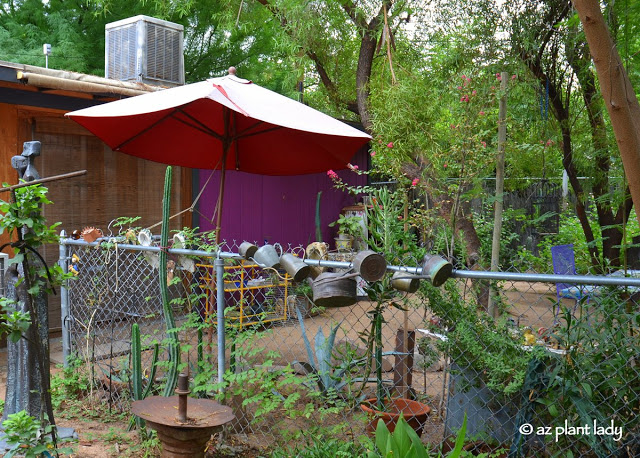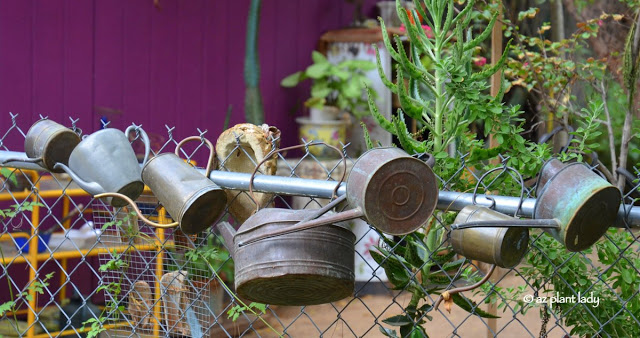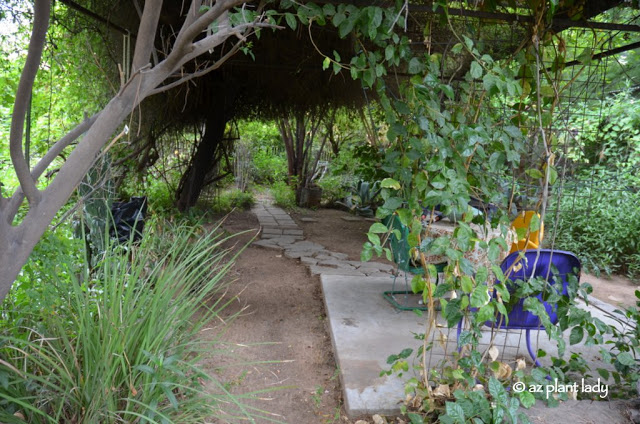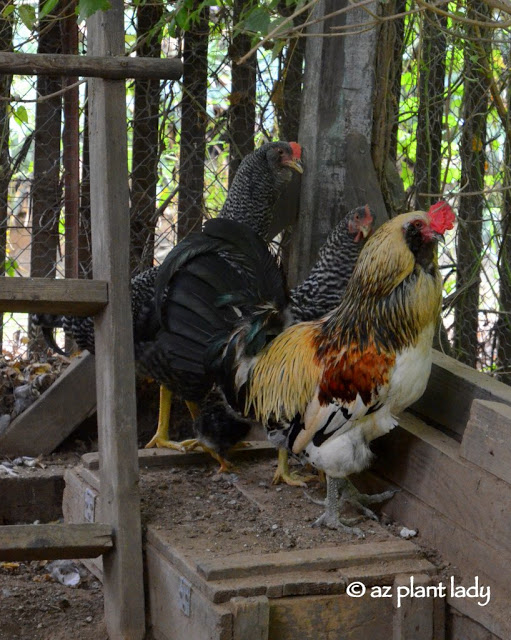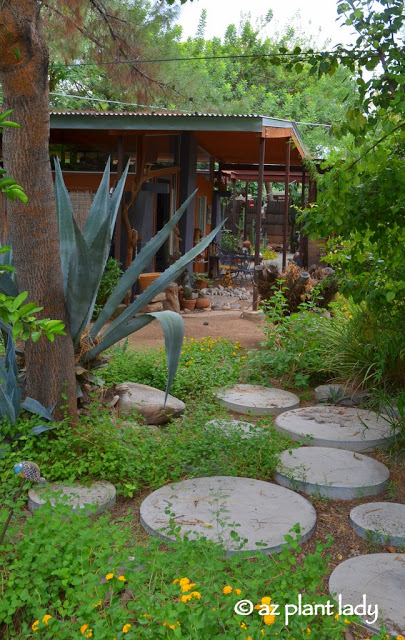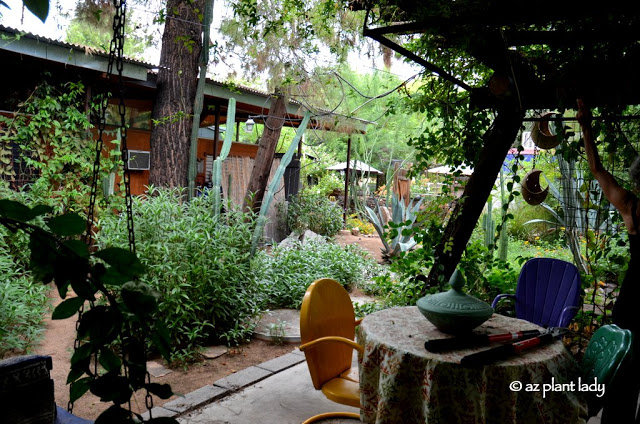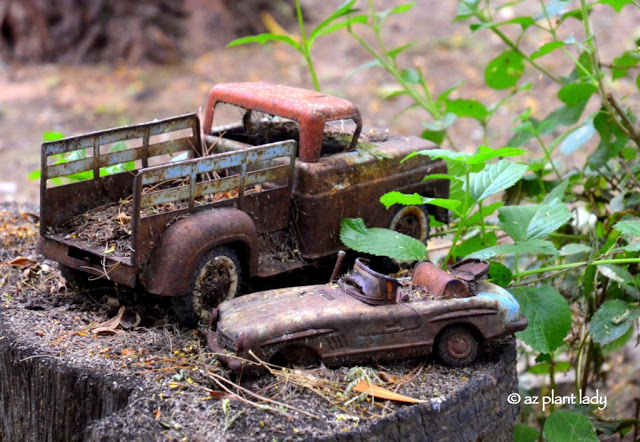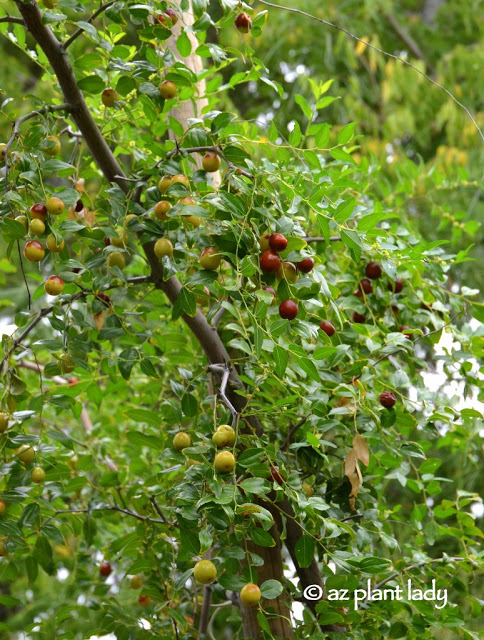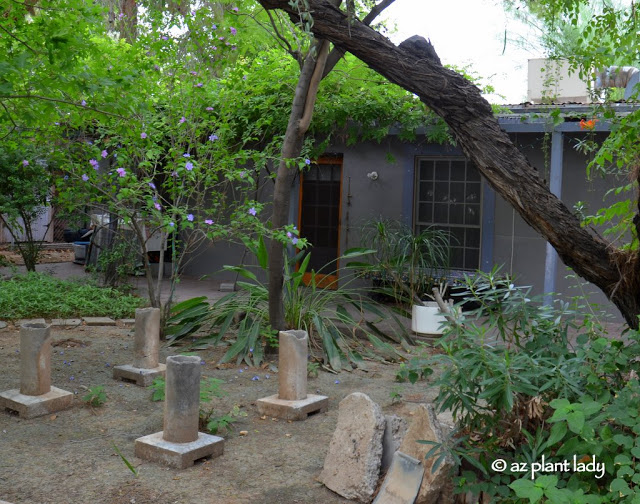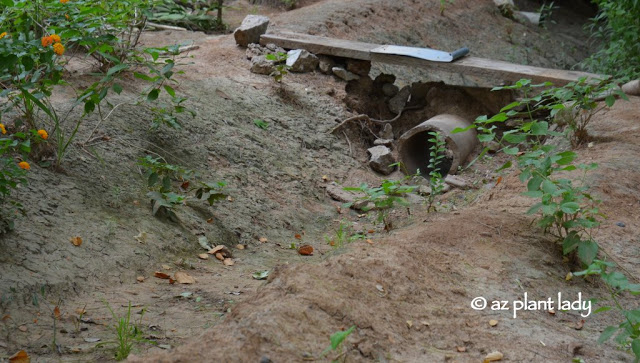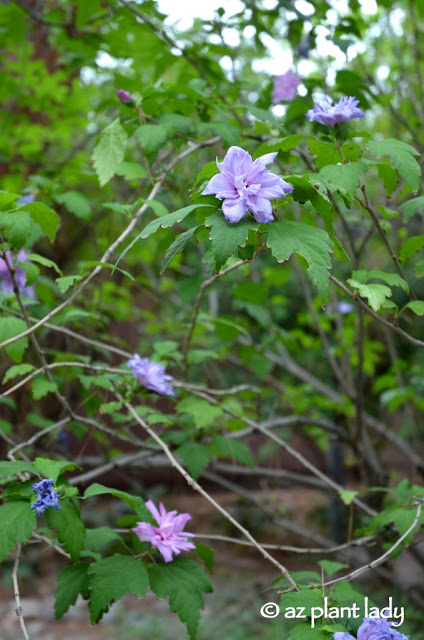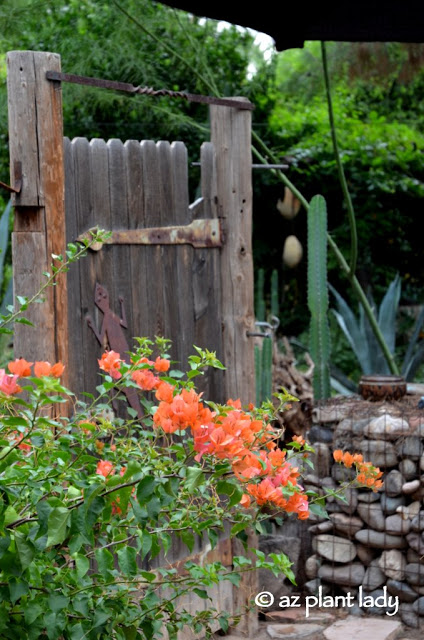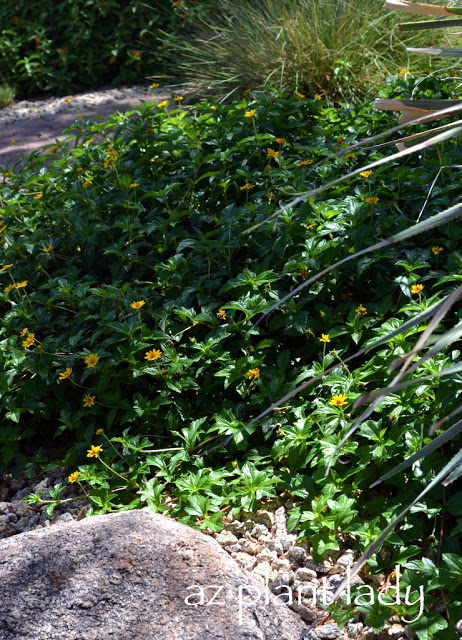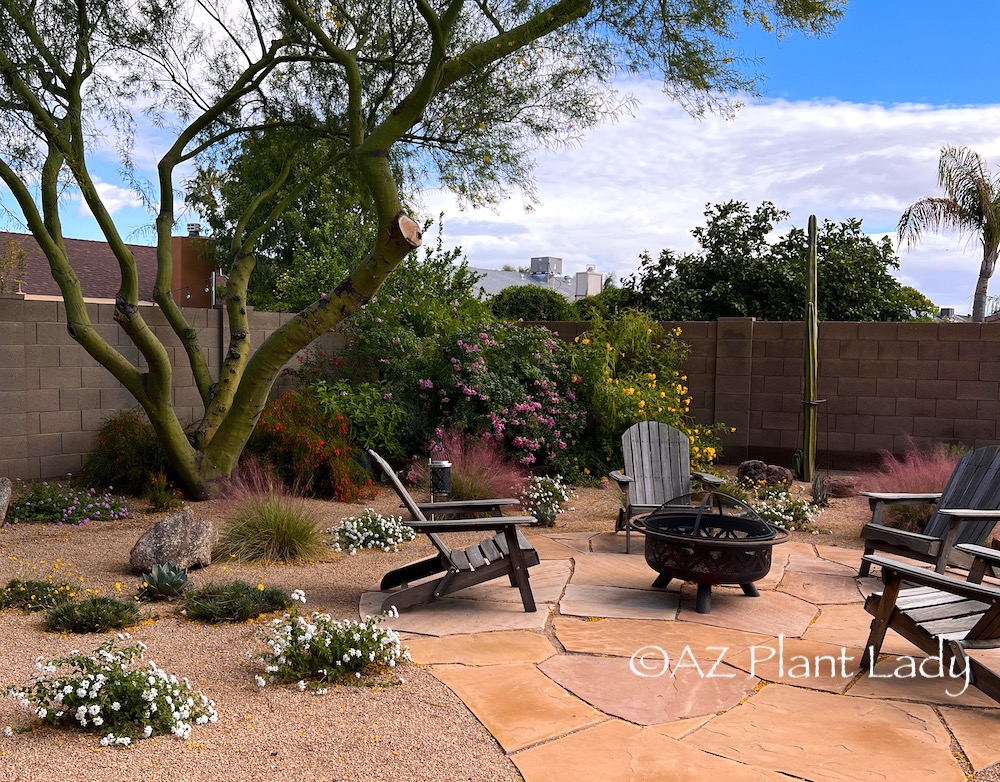
Embracing the Desert Garden in Fall
Fall is my favorite time of year in the desert garden for two main reasons.
First, fall signals the beginning of the holiday season. And yes, I am one of those people who decorate for Christmas early. Thanksgiving dinner at my house is celebrated with a fully decorated tree in the background.
The Revival of the Desert Garden
Secondly, autumn marks a magical transformation in my garden, as it awakens from the trials of summer. It’s no secret that the scorching heat of the summer months can be taxing on our cherished green companions. However, the arrival of fall ushers in a series of remarkable changes that breathe new life into our botanical friends.
Lush and Vibrant
As keen observers of nature, we’ve likely noticed the remarkable resurgence of our plants during this season. The foliage appears lusher, the blooms more vibrant, and the overall health of our garden seems to rebound. It’s a phenomenon so profound that many desert gardeners affectionately dub autumn as the “second spring.”
This resurgence is no mere coincidence but rather a result of nature’s resilience and adaptation. As temperatures dip and daylight hours become more moderate, our plants find relief from the summer’s harsh extremes. They eagerly embrace this milder environment, seizing the opportunity to flourish once again.
Nurturing the Garden
In the desert, autumn isn’t just a season of change; it’s a reaffirmation of the enduring partnership between gardeners and the natural world. It reminds us that, even in the harshest of climates, with patience and understanding, we can create and nurture thriving gardens that mirror the vitality and resilience of the desert itself.
Foliage Rejuvenation and Vibrant Blooms in Your Garden
Here are some of the differences you may see in your plants this time of year:
- Darker foliage has replaced the sun-bleached appearance of some plants due to less intense sunlight.
- Flowering increases and the blooms may also appear more intense in color due to less intensity from the sun.
- Some plants only bloom in fall, like black dalea (Dalea frutescens), cascalote (Caesalpinia cacalaco), and my favorite pink muhly grass (Muhlenbergia capillaris).
Showcasing the Fall Garden
In the section of my backyard, pictured above, pink muhly and white trailing lantana (Lantana montevidensis ‘Alba’) look especially vibrant in fall.
Pink trumpet vine (Podranea ricasoliana) dominates the back corner and blooms in spring and fall. I always know when cooler temps are on their way when they begin to bloom in September.
However, as autumn transitions into winter, the blooms in this area will slow and fade. A few hardy blooms may remain, but overall, the plants will slow down in their growth and flowering. The exception is my angelita daisies (Tetraneuris acaulis) which will bloom off and on through winter.
Discovering the Delights of Your Desert Garden
In the desert southwest landscape, where scorching sun and minimal rainfall summers challenge even the greenest thumbs, cultivating a thriving fall water-saving garden becomes a true art. Through careful planning and sustainable practices, enthusiasts uncover the secrets of nurturing vibrant cacti, resilient succulents, and colorful desert blooms.
What a joy to learn the delicate balance of conserving water while creating an oasis of life. Beyond the satisfaction of tending to nature’s wonders, desert gardening in the southwest unveils the beauty of resilient, sustainable, and breathtakingly unique landscapes. I invite you to take a walk through your garden and note the changes to your plants. This is a happy time of year in the garden!


